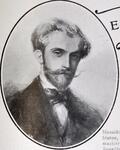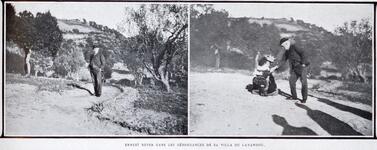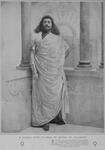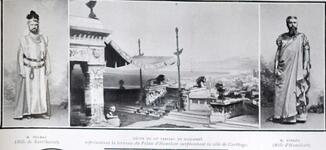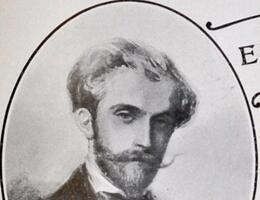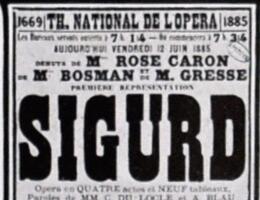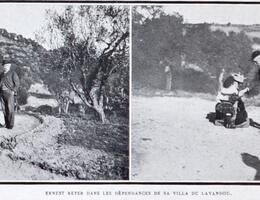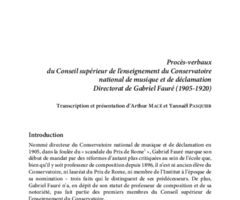![L'Assiette au beurre, 1902/09/27 [Reyer]](/sites/default/files/styles/440x580/public/2023-12/ab_1902_09_27_reyer_c_gallica.jpg?itok=8irM8jGd)
Ernest REYER
1823 - 1909
Composer, Journalist
Born in Marseille, Reyer was sent to Algeria in 1839 to work for the civil service. Against his family’s advice, however, he decided to dedicate himself to music and, in 1848, he moved to Paris, where his aunt, Louise Farrenc, took charge of his musical studies. He made a name for himself with Le Sélam (1850), an “oriental symphony” in the style of Félicien David, which was praised by Berlioz. Like the latter, whose friend and fervent supporter he became, Reyer worked as a critic for the Journal des débats, as well as publishing in other journals. He also became the librarian at the Paris Opéra and inspector general of French departmental music schools. Although he composed the ballet-pantomime Sacountalà, some thirty art songs and harmonised the Quarante Vieilles Chansons du XIIe au XVIIIe siècle, he is mainly known for his operas. After the opéras comiques Maître Wolfram and La Statue, he composed Érostrate for Baden-Baden (1862). This work, which was staged again at the Paris Opéra in 1871, made his name in France. Although initially in two minds about Wagner, Reyer became one of his most ardent admirers. The influence of the Bayreuth master can be heard in Sigurd (begun in the 1860s) and Salammbô, both premiered at Brussels’ La Monnaie theatre (1884 and 1890), which looked more favourably on works in the Wagnerian style than the Paris Opéra. Although Sigurd drew its inspiration from the same sources as the Ring, Reyer was able to resist Wagner’s supremacy: “Although his mighty genius enthralled me, it didn’t blind me.” Despite adopting the technique of the leitmotiv, he was equally influenced by Weber and Berlioz, and by the compelling sense of drama found in the work of Meyerbeer and Verdi.
Focus
Focus
The "ode-symphonie"
Scientific publications
Publication

